 |
|
HOME
|
US Navy -
ships
|
US Navy - air
units
|
USMC - air
units
|
International
Navies
|
Weapon Systems
|
Special Reports |
|
United Kingdom - Royal Navy Type 31 (Inspiration) class Frigate |
 |
| 09/25 |
| Ships: |
|
F12 HMS Venturer F08 HMS Active F11 HMS Formidable F09 HMS Bulldog F10 HMS Campbeltown |
| Specifications: |
|
Builder: Babcock
International, Rosyth, Scotland, UK Length: 138.7 meters (455 ft) Beam: 19.8 m (65 ft) Draft: ? Displacement: 5,700 tonnes Speed: 28+ knots (52+ km/h) Range: 7,500 NM (14,000 km) Complement: 105 ship (accommodation for up to 160) Propulsion: CODAD (Combined Diesel and Diesel) 4 x Rolls Royce/MTU 20V 8000 M71 (8.2 MW) diesel engines 4 x Rolls Royce/MTU 16V 2000 M41B (900 KW) generators 2 shafts / 2 controllable-pitch propellers Armament: Sea Ceptor Vertical Launching System (VLS) - 12 cells for up to 48 CAMM + CAMM-ER SAM Missiles (4 per cell) - - - - - 1 x BAE Mk.110 (57mm/L70) gun 2 x BAE Bofors 40 Mk.4 40mm guns 4 x M134 Miniguns Aviation: flight deck and hangar for 1 helicopter (AgustaWestland Wildcat HMA2 or Merlin HM2) and/or UAV's Systems: Thales TACTICOS combat management system Thales NS110 3D air and surface surveillance radar Thales Artemis 360 Naval InfraRed search and track system Raytheon Warship Integrated Navigation and Bridge System Terma Scanter and Raytheon NSX navigation radars Thales Mirador Mk2 EOS (electro-optical tracking system) Viasat Ultrahigh-frequency satellite communications Thales Vigile-D ESM System Maritime Electronic Warfare Systems Integrated Capability (MEWSIC) SEA Ancilia trainable decoy launcher system Ultra Electronics Surface Ship Torpedo Defence (SSTD) |
|
The Type 31 frigate, also known as the Inspiration class, and
formerly known as the Type 31e frigate or General Purpose Frigate
(GPF), is a class of five frigates being built for the United
Kingdom's Royal Navy. The Type 31 is intended to enter service in
the 2020s alongside the eight submarine-hunting
Type 26 frigate and will replace the five general-purpose
Type 23 frigates. Designed by Babcock International, it is based on the Odense Maritime Technology (OMT) Iver Huitfeldt-class frigate hull and is marketed under the name Arrowhead 140. Development: The 2010 Strategic Defence and Security Review (SDSR) authorised the Global Combat Ship (GCS) programme, which would replace the Royal Navy's thirteen Type 23 frigates. Earlier that year, BAE Systems was awarded a four-year, £127 million contract by the Ministry of Defence to design the new class. It was planned that two variants of the class would be built: five general purpose frigates and eight anti-submarine warfare frigates. There was to be little difference between the two variants, except for the Sonar 2087. Initial expectations were that construction would start in 2016 and the ships would gradually replace the Type 23 frigates by the mid-2030s. The 2015 Defence Review decided that only the eight anti-submarine warfare Type 26 frigates would be ordered and five general purpose frigates to an altogether different design would be ordered to give at least 13 frigates in RN service. HMS Venturer: steel cut in 2021 / keel laying 2022 HMS Active: steel cut in 2023 / keel laying 2023 HMS Formidable: steel cut in 2024 |
|
images for more images go to the individual ship's page |
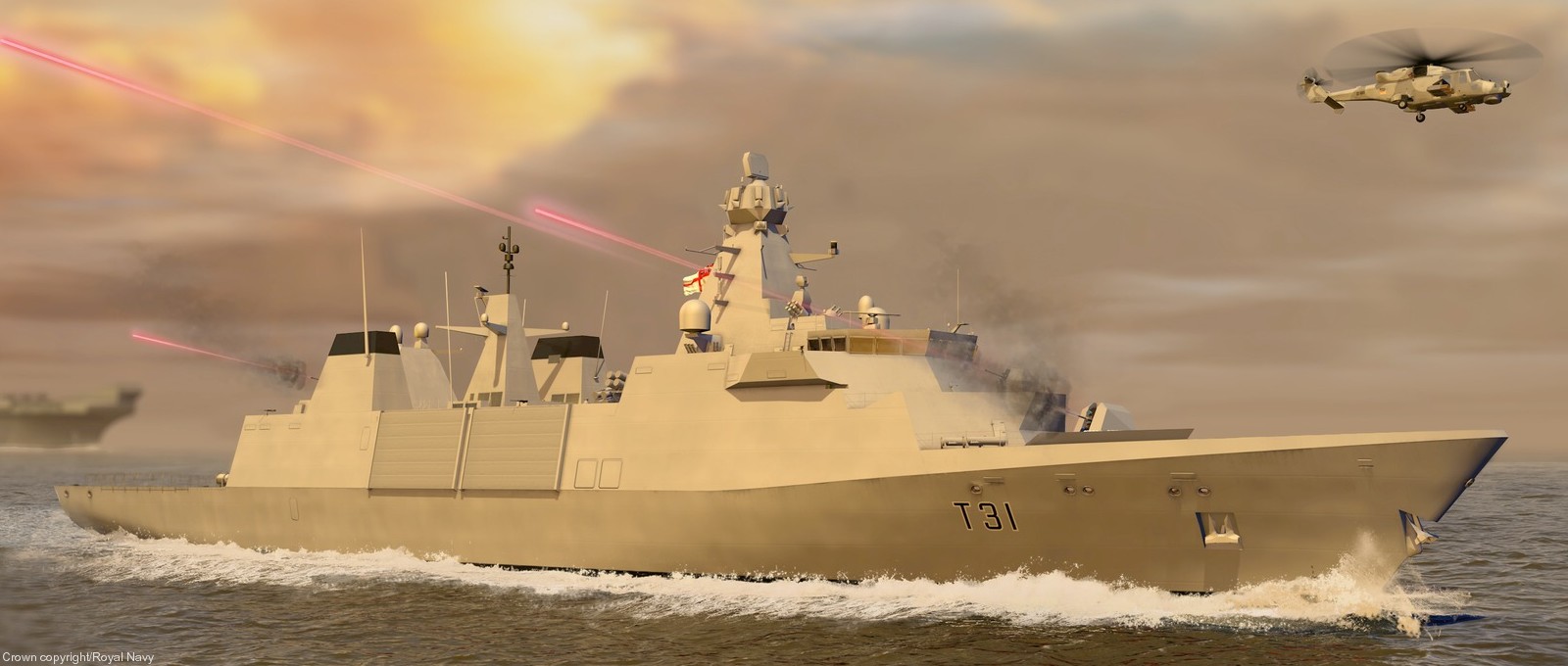 design images 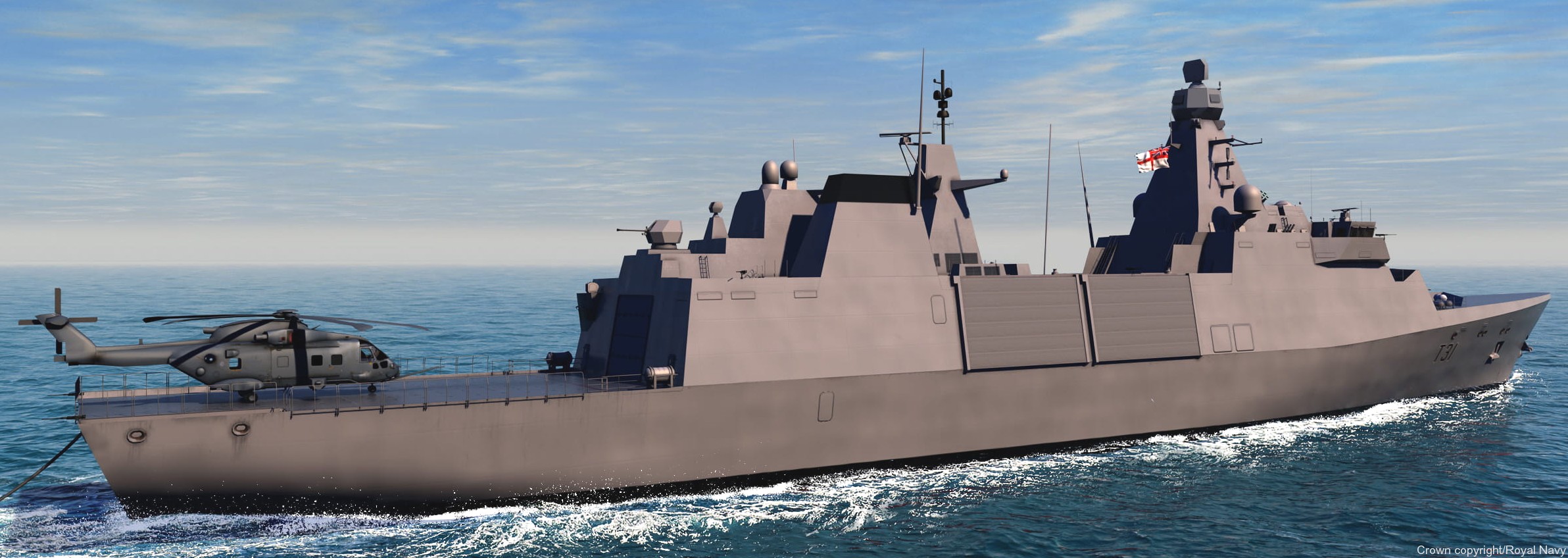  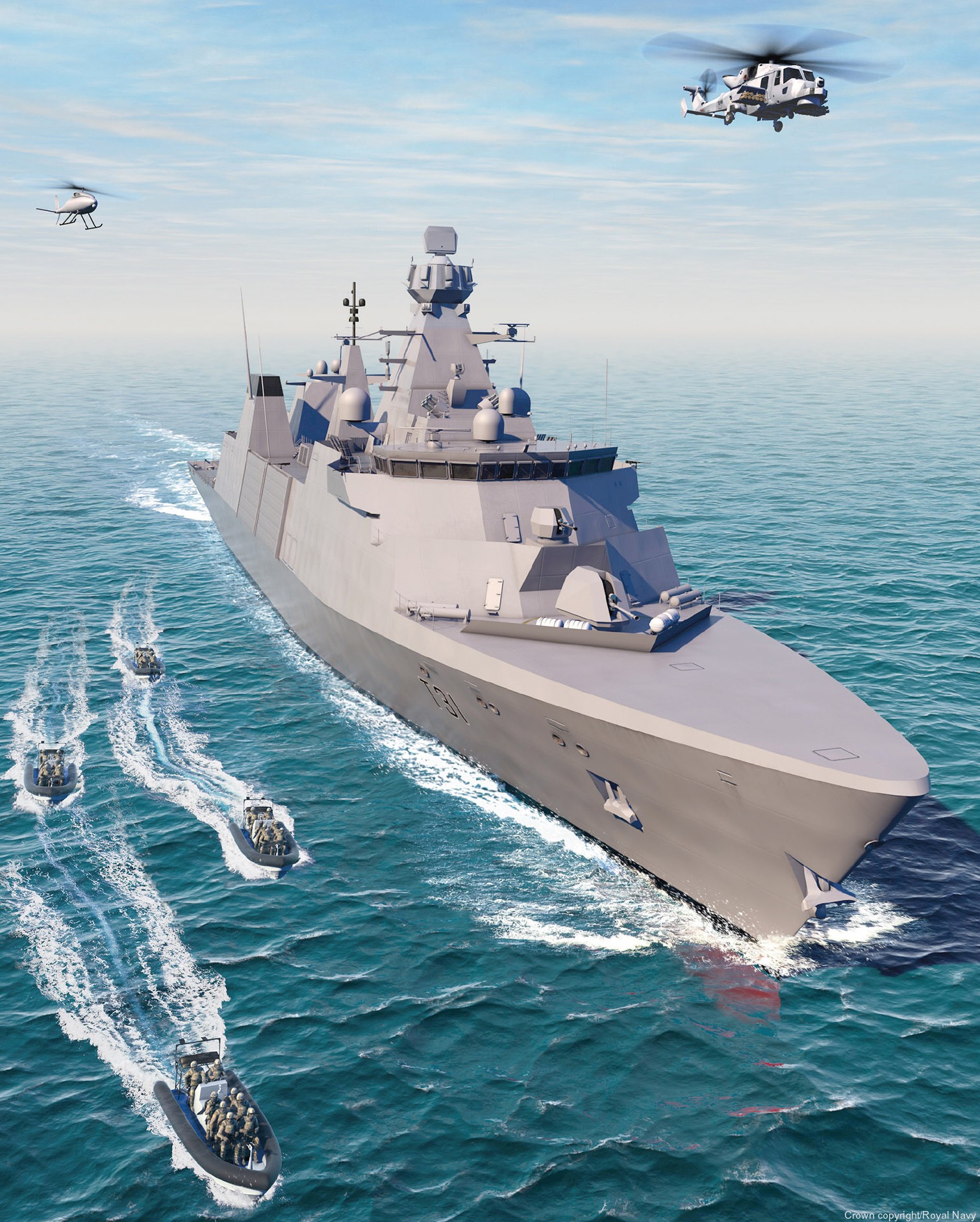   construction images 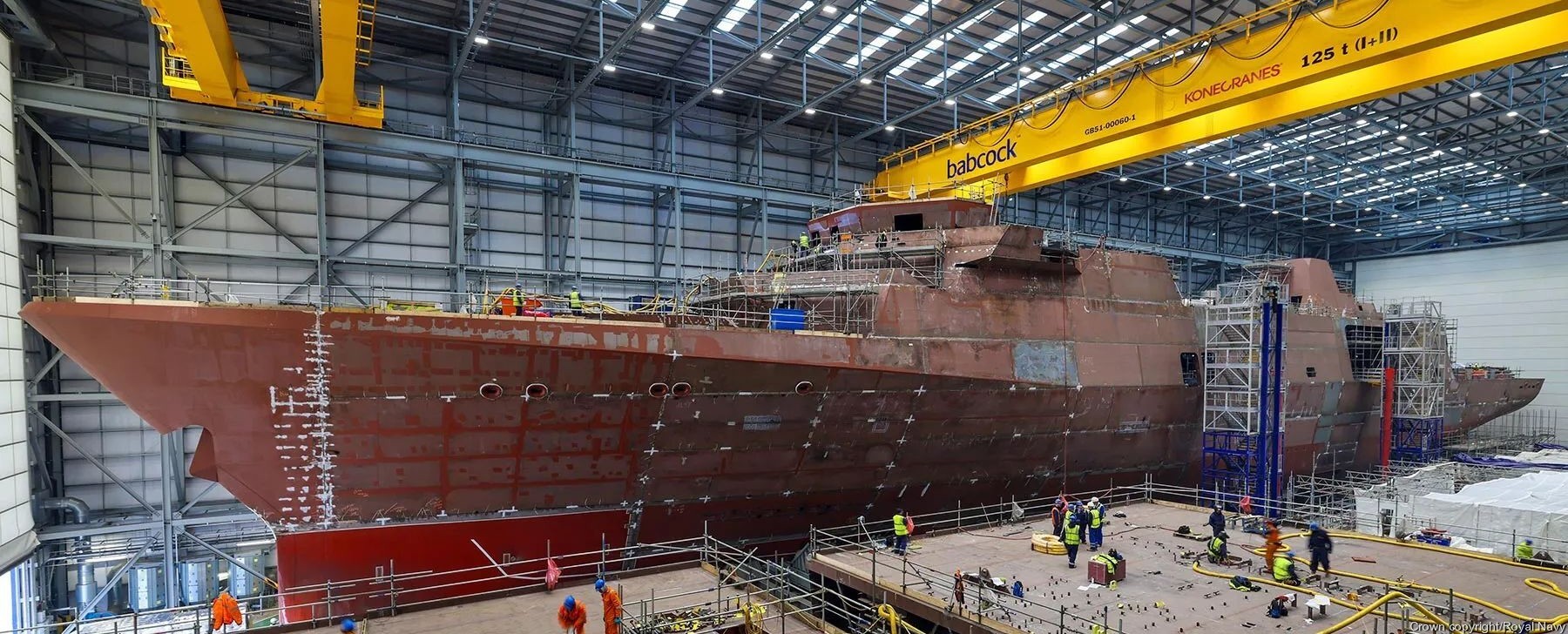 F12 HMS Venturer 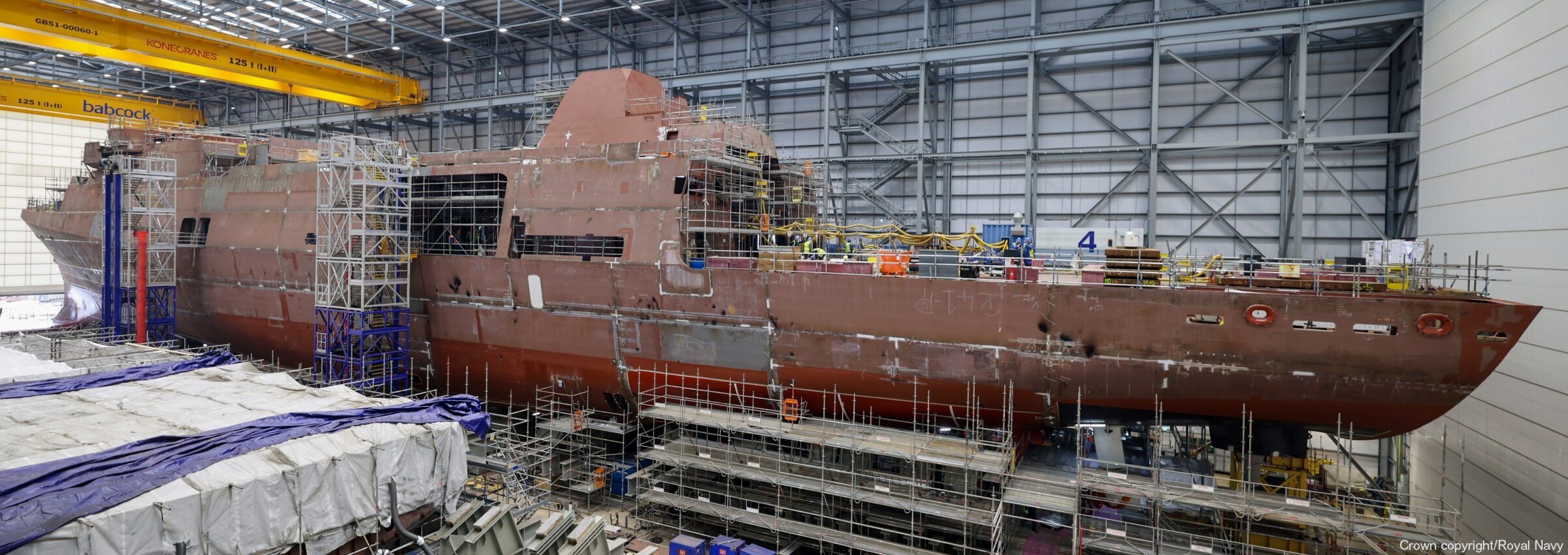 F12 HMS Venturer  F12 HMS Venturer 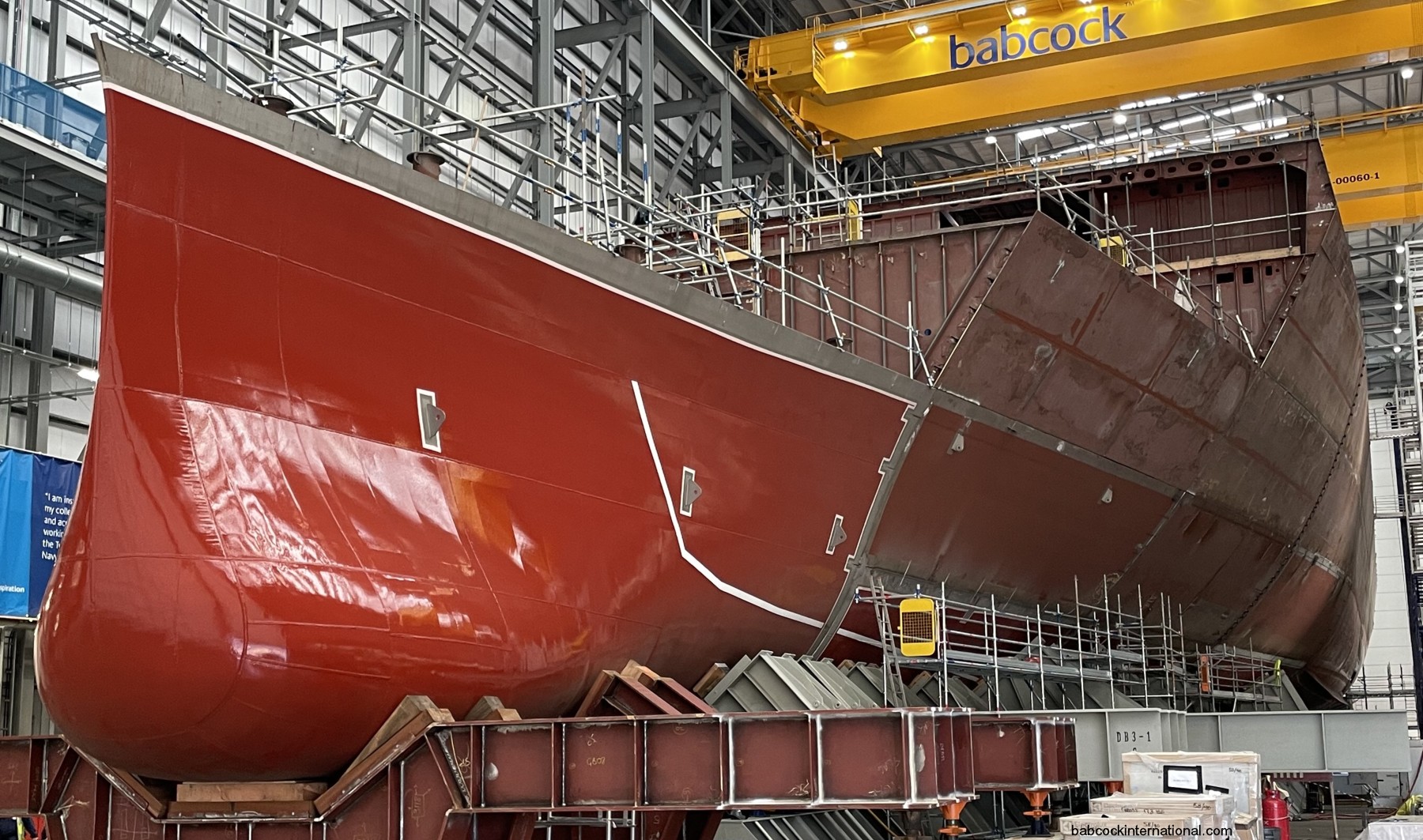 F12 HMS Venturer 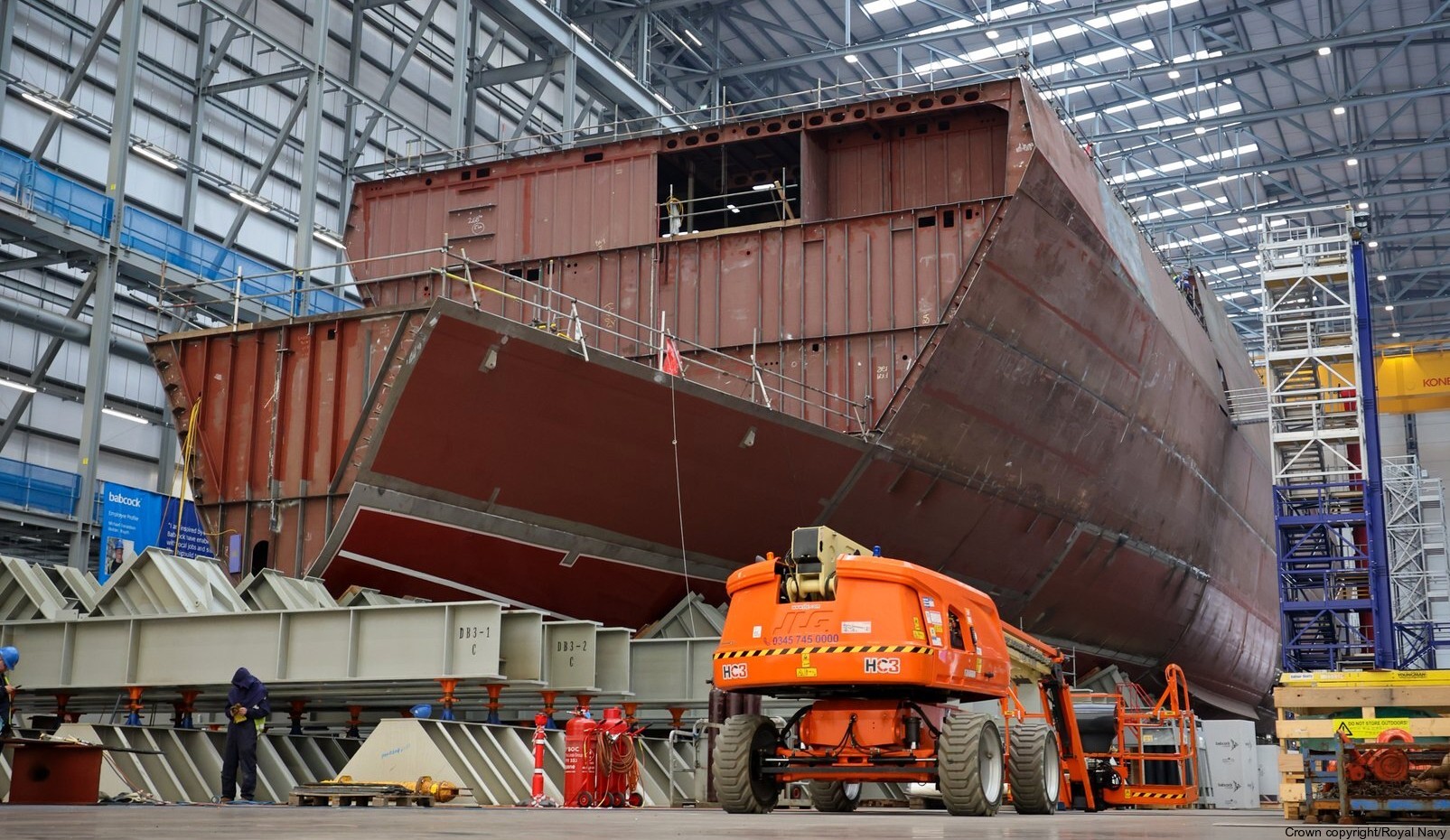 F12 HMS Venturer |
|
|
seaforces.org
|
Royal
Navy start page
| |